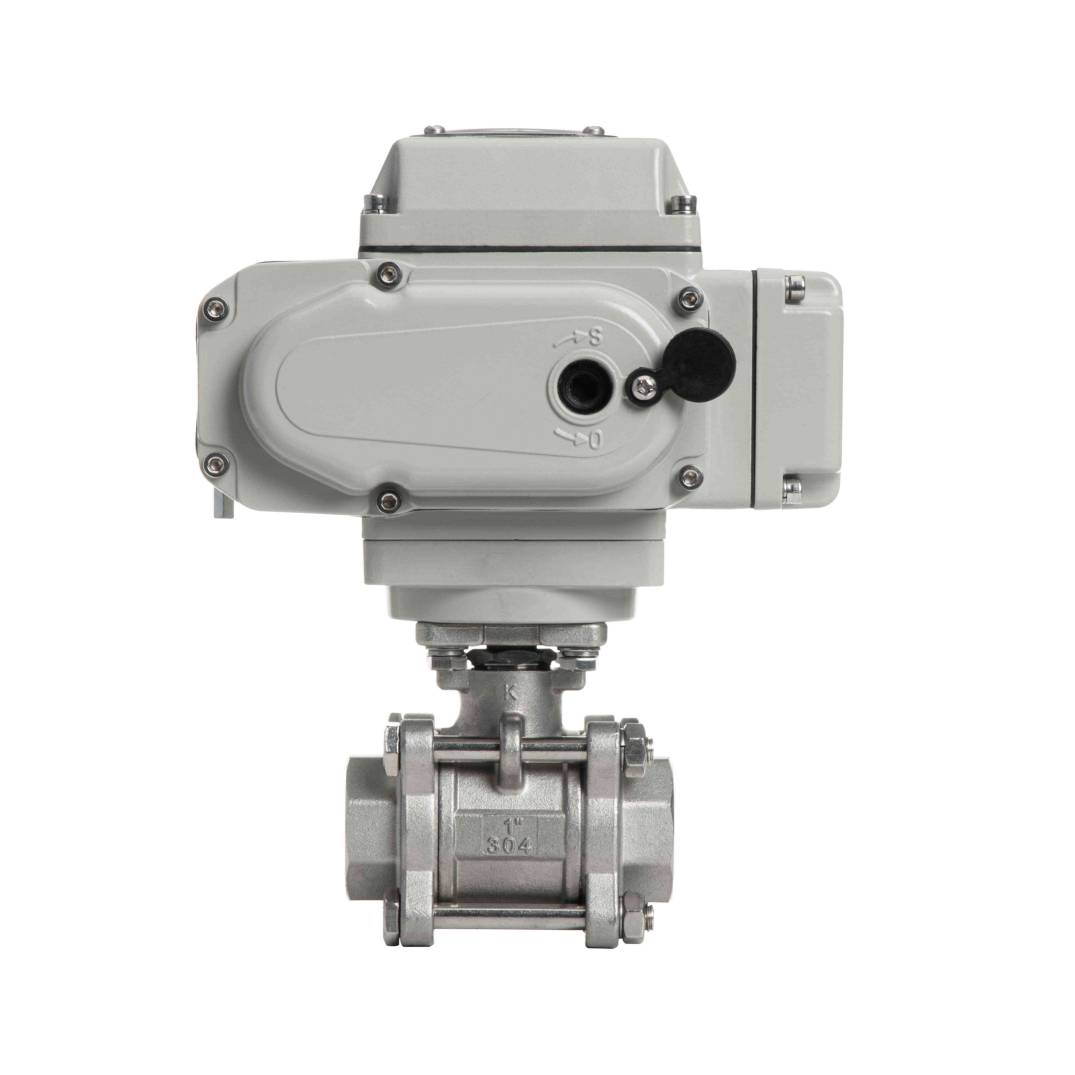

At its core, an electric screw ball valve is a hybrid mechanism that integrates three key components: a ball valve, an electric actuator, and a screw mechanism. The ball valve itself consists of a spherical ball with a hole or port in its center. By rotating the ball, the valve controls the flow of fluids, gases, or slurries through a pipeline. When the valve is open, the port aligns with the pipeline, allowing for unrestricted flow. Conversely, when closed, the ball rotates to obstruct the flow.
The unique feature of the electric screw ball valve is its electric actuator, which replaes manual operation with automated control. The actuator receives electrical signals, typically from a control system, and turns the valve stem. This rotation opens or closes the valve as needed, ensuring precise flow control without human intervention.

c In the ever-evolving world of fluid control systems, the electric screw ball valve has emerged as a critical component in various industrial applications. Combining the precise regulation of flow offered by a ball valve with the automation capabilities of an electric actuator, the electric screw ball valve is designed to enhance efficiency, accuracy, and reliability. This article explores the features, working principles, advantages, and applications of the electric screw ball valve, shedding light on why it has become a preferred choice in modern industrial setups.
Understanding the Electric Screw Ball Valve